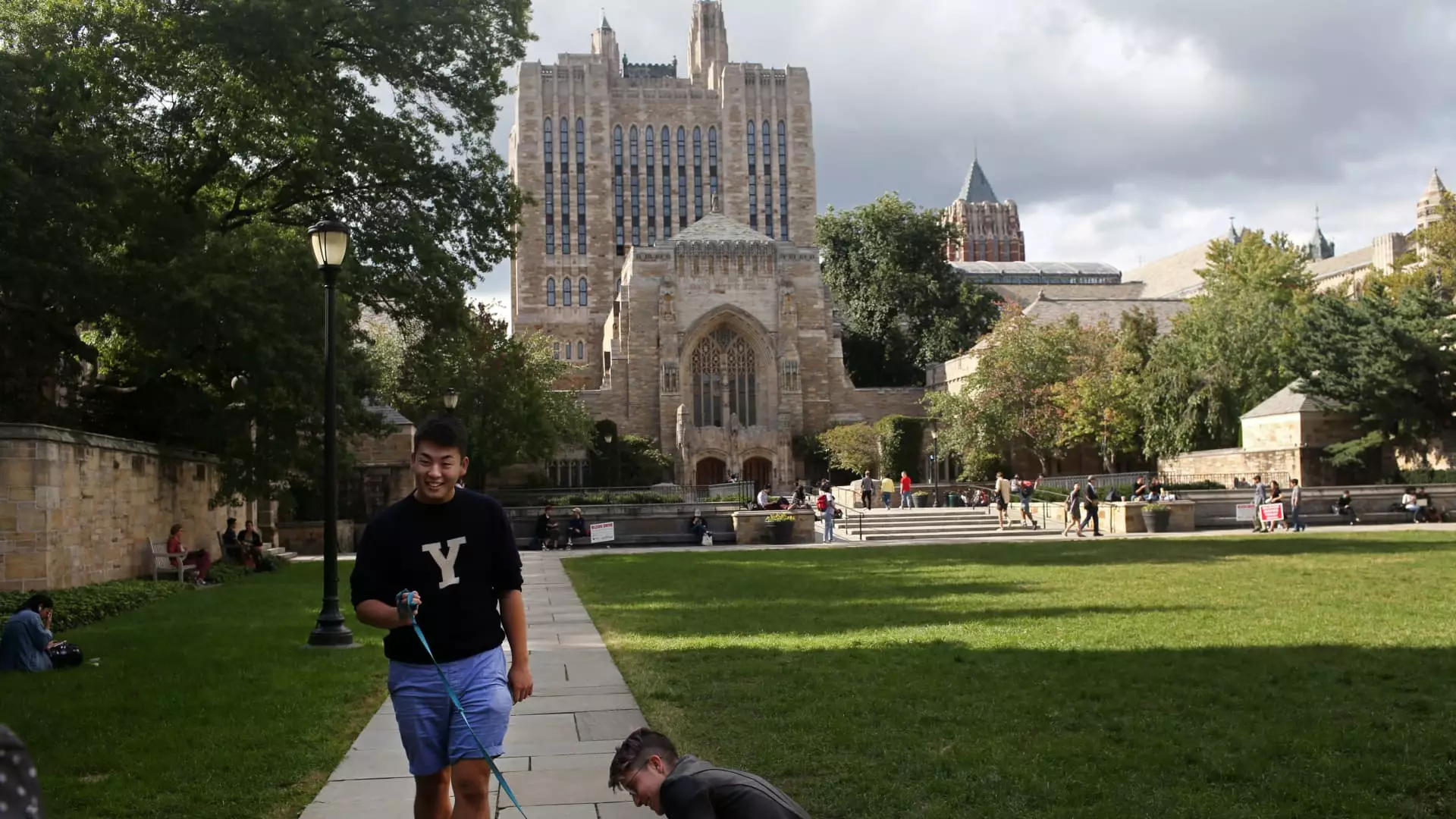The recent legislative move to impose a multi-tiered tax on university endowments, although framed as a means to generate revenue, arguably deepens the inequalities within higher education rather than alleviating them. By targeting the wealthiest institutions—those endowed with billions—the government signals a superficial commitment to fairness, but in reality, it hampers the fundamental mission of universities: to serve all segments of society. Instead of redistributing wealth or investing in access and affordability, this policy risks constraining the very institutions that could most effectively support underrepresented and low-income students.
The tax’s design—particularly the highest rate of 8%—may sound significant on paper, yet it disproportionately affects research-intensive universities that rely heavily on endowment funds for their operations. These institutions often provide specialized programs, cutting-edge research, and financial aid packages that serve a broad diversity of students. Imposing such a tax could drastically curtail these efforts, leading to a decline in opportunities for those who need them most. Moreover, exempting smaller schools with fewer than 3,000 tuition-paying students ignores the broader context, failing to address the systemic disparities that favor larger, wealthier campuses at the expense of equitable access.
Economic Impacts on Education and Society
The anticipated revenue of $761 million over a decade appears modest when juxtaposed with the potential fallout in higher education affordability. Many universities, especially those in the top tier, have already begun preparing for fiscal austerity measures—freezing hiring, delaying projects, and tightening budgets—all of which risk undermining academic excellence and access. Yale’s admission that it would pay hundreds of millions in taxes in the initial years underscores the profound financial strain and signals a dangerous precedent: that revenue generation policies can directly diminish a university’s capacity to serve its community.
The consequence for students is tangible. When colleges face tighter budgets, the first cuts tend to be financial aid and programs for low-income students. As universities are forced to raise tuition to compensate, the cycle of inequality intensifies. The paradox is glaring: a policy purportedly aimed at making funding more equitable may, in practice, amplify economic barriers, preventing talented but disadvantaged students from pursuing higher education. This undermines the societal value that higher education provides—not only as a pathway for individual advancement but as a societal investment in innovation, civic engagement, and economic growth.
A Center-Left Critique of Policy Shortcomings
From a center-wing liberal perspective, this approach reflects a fundamental misunderstanding of how educational equity functions. Instead of viewing universities as engines of social mobility that should be supported and nurtured, the policy treats them as mere fiscal entities, incentivized primarily by profit—and, in this case, taxed for their wealth. Such framing neglects the broader societal role of universities as public goods, entrusted with fostering a diverse, vibrant intellectual ecosystem.
Rather than taxing success—endowments accumulated through years of alumni donations, research grants, and strategic planning—the government should seek to ensure these resources are harnessed to promote inclusion and opportunity. This might mean expanding direct federal investments, reforming student aid policies, or implementing progressive tax measures on individual and corporate wealth to fund higher education more equitably. The current policy, with its emphasis on penalizing wealthy institutions, risks creating a zero-sum game where only the wealthy lose, and the promise of education as an equalizer becomes further eroded.
Long-Term Consequences and the Future of Higher Education
In the broader scope, the new endowment tax risks transforming higher education into an even more stratified landscape. As public and private institutions grapple with diminished resources, already disadvantaged students will face aggravated barriers—both financial and social. The tendency for universities to pass increased costs onto students—through tuition hikes—will perpetuate a cycle where higher education remains out of reach for many, undermining social mobility and reinforcing existing inequalities.
Furthermore, the policy highlights a troubling trend: an increased reliance on taxation of educational institutions as a revenue source, rather than systemic reform of funding mechanisms. This approach fails to challenge the root causes of unequal access, such as inadequate federal investment, the rising cost of living, and structural biases that favor affluent neighborhoods and families. In many ways, this tax is a misguided attempt at fiscal policy that neglects the moral and social imperatives underpin the purpose of higher education.
By penalizing universities with large endowments, policymakers ignore the necessity of fostering sustainable, inclusive models that prioritize accessibility and affordability. Efforts should instead be directed towards creating a more balanced financial ecosystem—one that supports public funding, reduces student debt burdens, and promotes diversity in higher education. This would be a far more effective strategy in cultivating an equitable, innovative educational system capable of serving society’s best interests.
—
This critique underscores that the new endowment tax is more than a fiscal measure; it is a reflection of misguided priorities that threaten the foundational ideals of equal opportunity and societal progress.

